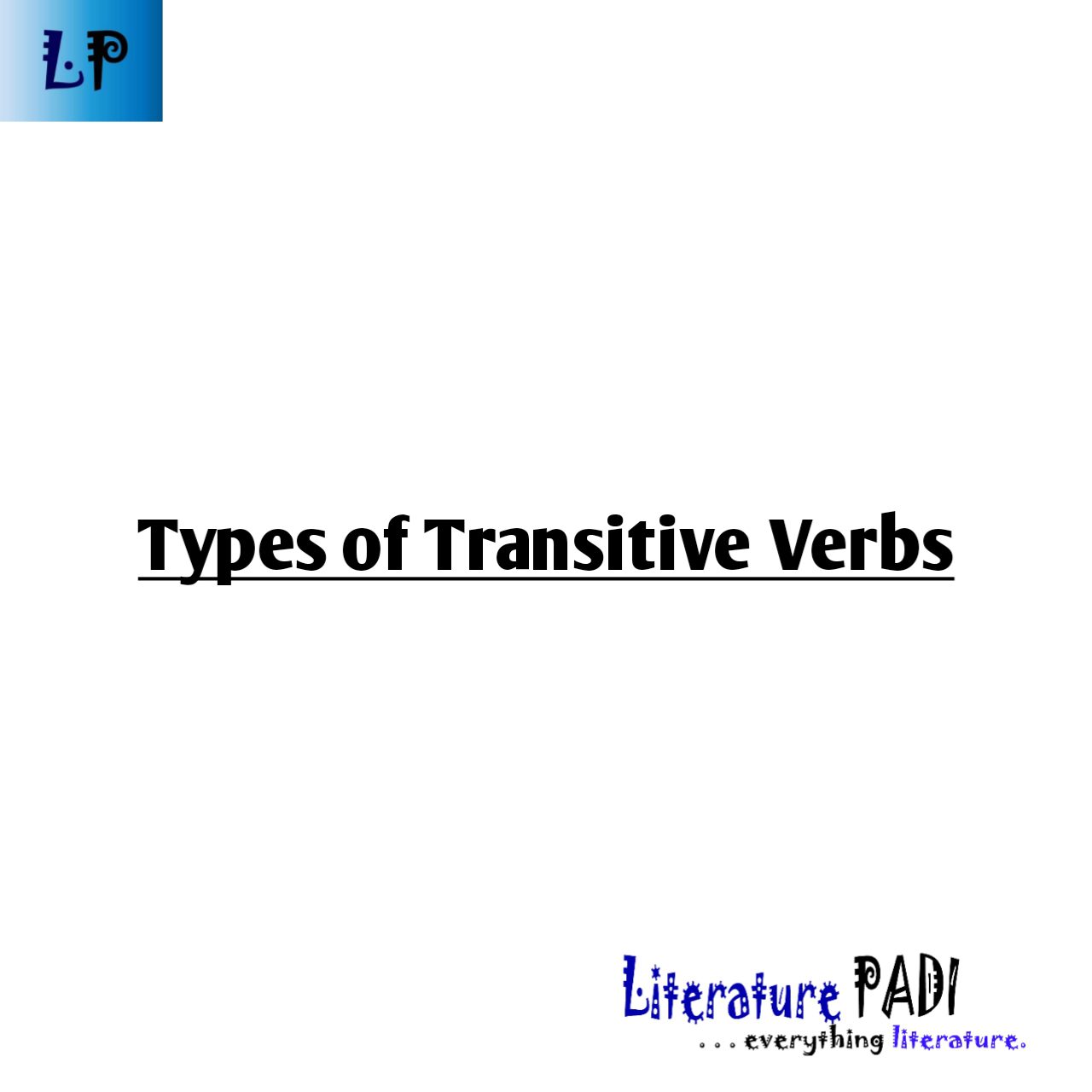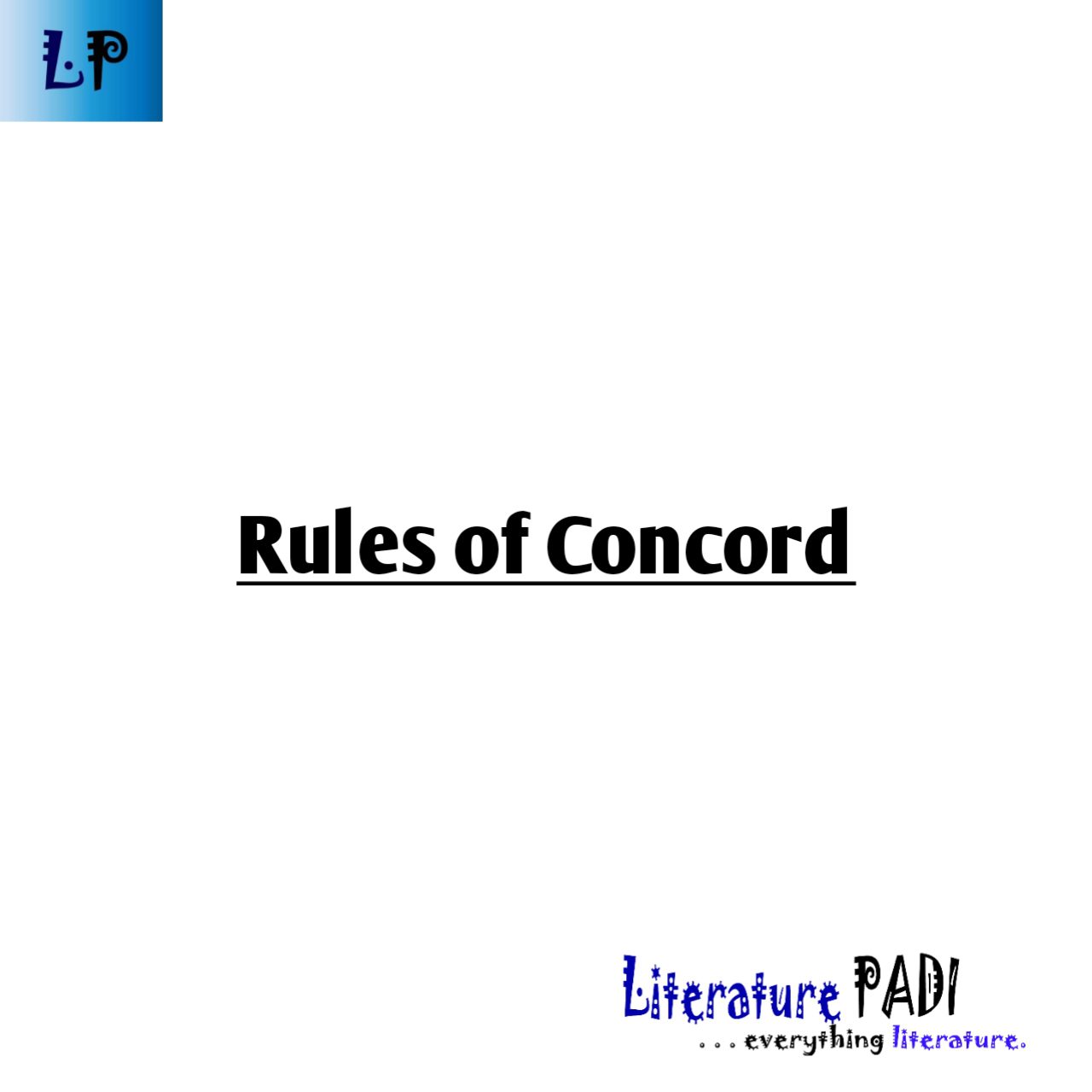🎥 We’re cooking something delicious for you on our YouTube channel. In the coming days, you will learn SSCE literature texts like you're in class 📚✍🏽
Be part of this new journey we are about to embark on.
🔔 Subscribe Now
Lexical verbs are arranged along the lines of regular versus irregular verbs; transitive versus intransitive groups; stative versus dynamic verbs; and, finite and non-finite verbs.
(1) Regular versus Irregular Verbs
A verb is regular if its past tense ends with “-ed”. E.g. “kill – killed”, “dance – danced”, “slapped – slapped”.
When the past tense of a lexical verb does not end with “-ed”, it is an irregular verb. There are various forms of irregular verbs. E.g. “go –went”. There are various ways through which the past tense of irregular verb can be example. E.g. “buy – bought”, “bring – brought”, “sleep – slept”.
(2) Transitive versus Intransitive Verbs
An intransitive verb is a verb that does not require any subject. Examples:
▪️ The man died yesterday.
▪️ Jesus wept.
Generally speaking, a transitive verb must have an object. There are three types of transitive verbs; mono-transitive, di-transitive, and complex transitive verbs. Examples:
▪️ I (S) love (P) you (O). (“love” here is used as a mono-transitive verb)
▪️ I (S) sent (P) him (Oi) some money (Od). (“sent” here is used as a di-transitive verb)
▪️ We (S) made (P) the boy (O) our class rep (Obj. C). (“made” here is used as a complex transitive verb)
(3) Stative versus Dynamic Verbs
Dynamic verbs are verbs that can take ING. They are verbs that can appear in progressive form. E.g. “dancing”, “eating”, “jumping”, “clapping” etc.
Stative verbs are cognitive verbs; they have to do with the state of being. Stative verbs cannot appear in progressive form. E.g. “hear”, “understand”, “love”, etc.
(4) Finite and Non-finite Verbs
A verb is finite when it can show one of the following: tense, aspect, mood (modality), person, number. Examples:
▪️ James COMES every week.
▪️ They CAN DO it.
Note: COMES shows tense and person while CAN DO shows mood.
Non-finite verbs are those verbs that have nothing to do with number, mood, tense, and person. In other words, non-finite verbs don’t depict mood, number, tense, and person. Example:
▪️ TO FORGIVE is divine.
When you have a verb element which form cannot change, it is non-finite because it is always “To-infinitive”, “Be-infinitive”, etc. When a verb follows TO, it is always in non-finite. We can also have ING non-finite verb. Example:
▪️ GETTING it right is not easy.
▪️ LOVING God is good.
We can also have “-ed2” (also known as “en”) as non-finite verb. Example:
▪️ Having BROKEN the cup, the boy ran away.
▪️ SCARED about the consequence, the ex-governor surrendered himself to the EFCC.
Receive Literary Updates through our Social Media Channels:
- WhatsApp: Literature PADI
- Telegram: Literature PADI
- YouTube: @literaturepadi
- Facebook: Literature PADI












